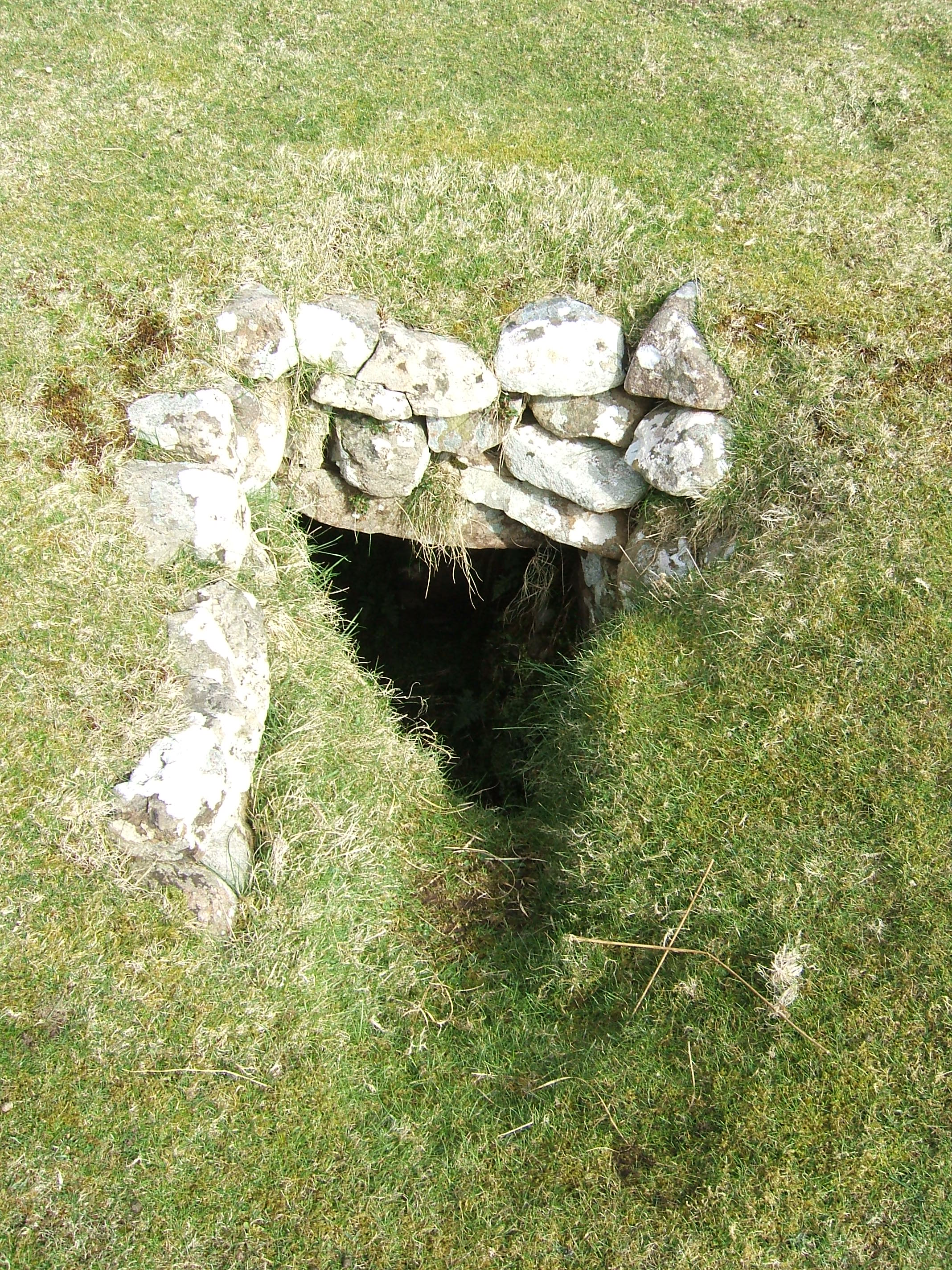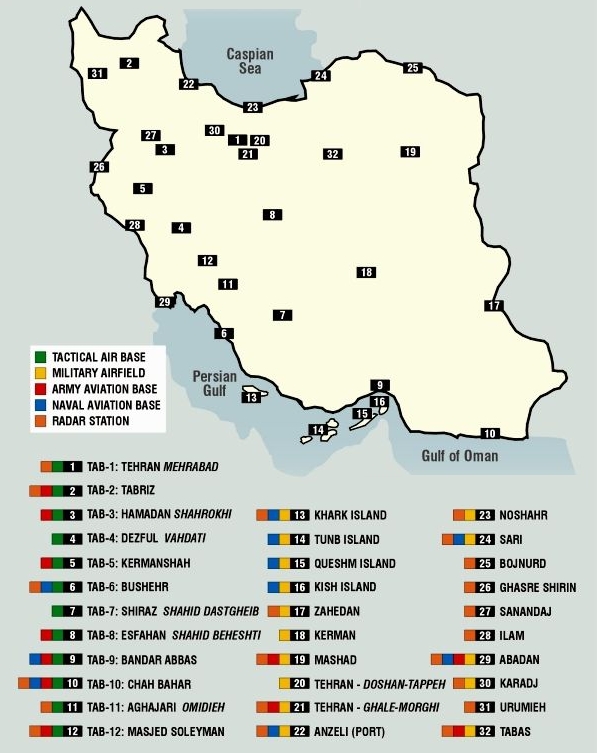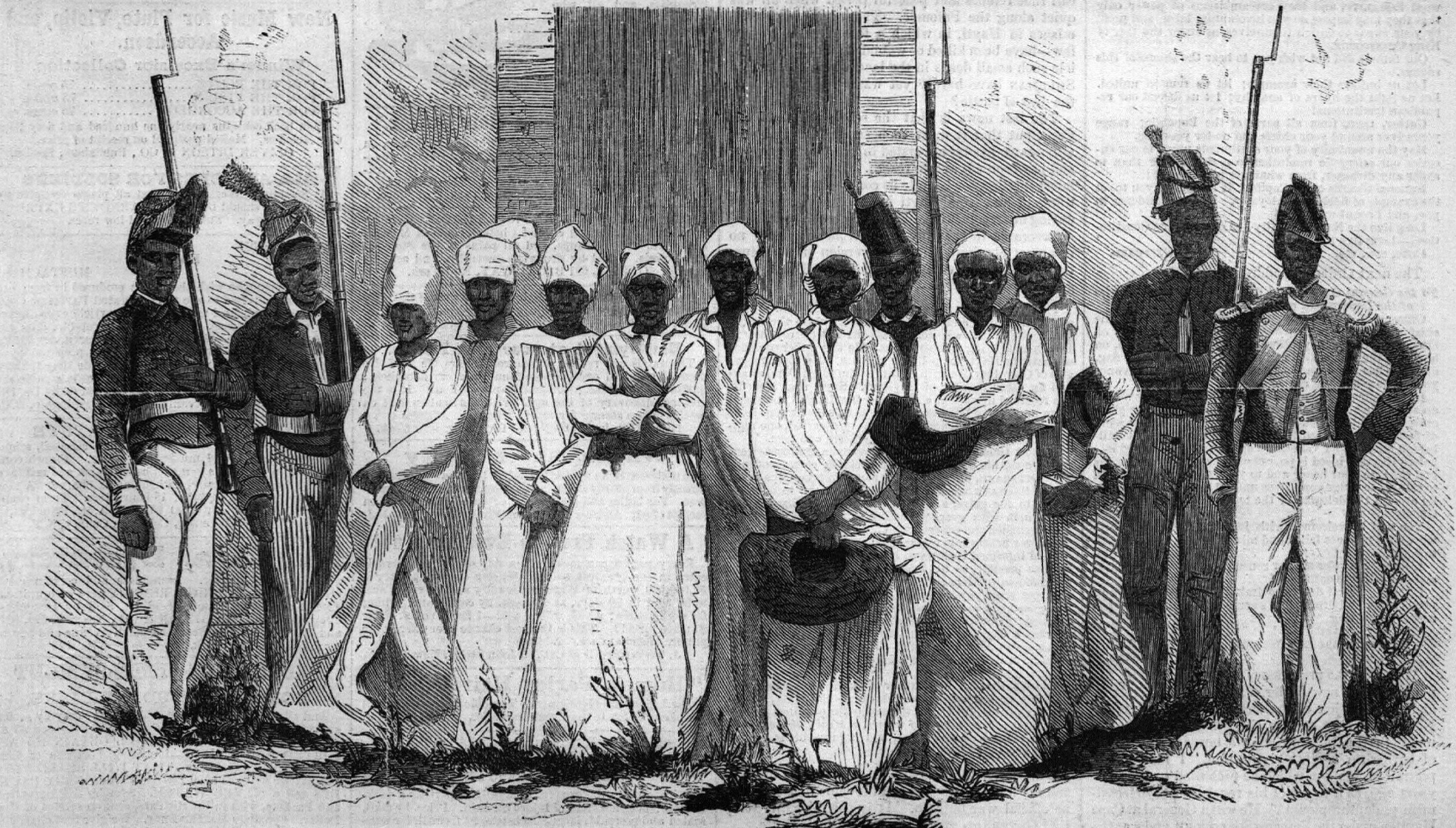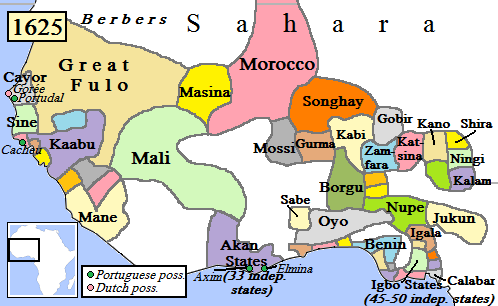|
Agongointo-Zoungoudo Underground Town
The underground town of Agongointo-Zoungoudo is located approximately 9 km from Abomey, in central Benin. The city was discovered in 1998 by the Danish company DANIDA. It consists of a series of bunkers and other housing structures around 10m deep underground, built in an apparent effort to provide dwelling as well as protection for warriors.Village souterrain d'Agongointo-Zoungoudo - UNESCO World Heritage Centre History These houses appear to have been built in the 17th century under the reign of King , the second King of |
Abomey
Agbome or Abomey is the capital of the Zou Department of Benin. The commune of Abomey covers an area of 142 square kilometres and, as of 2012, had a population of 90,195 people. Abomey houses the Royal Palaces of Abomey, a collection of small traditional houses that were inhabited by the Kings of Dahomey from 1600 to 1900, and which were designated a World Heritage Site by UNESCO in 1985.Butler, Stuart (2019) ''Bradt Travel Guide - Benin'', pgs. 135-45 History Abomey was founded in the 17th century as the capital of the Kingdom of Dahomey (1600–1904), on the site of the former village of Kana. Traditional legends state that the town was founded by Do-Aklin, a son of the king of Allada who ventured north to found his own kingdom; the name is thought to come from Danhomé, also spelled Danxomé, meaning "belly of Dan", Dan being the original chief of the village. Dahomey expanded rapidly in the 1700s, absorbing many of the surrounding kingdoms, and growing rich from the slave ... [...More Info...] [...Related Items...] OR: [Wikipedia] [Google] [Baidu] |
Benin
Benin, officially the Republic of Benin, is a country in West Africa. It was formerly known as Dahomey. It is bordered by Togo to the west, Nigeria to the east, Burkina Faso to the north-west, and Niger to the north-east. The majority of its population lives on the southern coastline of the Bight of Benin, part of the Gulf of Guinea in the northernmost tropical portion of the Atlantic Ocean. The capital is Porto-Novo, and the seat of government is in Cotonou, the most populous city and economic capital. Benin covers an area of , and its population in was estimated to be approximately million. It is a tropical country with an economy heavily dependent on agriculture and is an exporter of palm oil and cotton. From the 17th to the 19th century, political entities in the area included the Kingdom of Dahomey, the city-state of Porto-Novo#History, Porto Novo, and other states to the north. This region was referred to as the Slave Coast of West Africa from the early 17th century due ... [...More Info...] [...Related Items...] OR: [Wikipedia] [Google] [Baidu] |
Dakodonou
Dakodonou, ''Dakodonu'', ''Dako Donu'' or ''Dako Danzo'' was an early king of the Kingdom of Dahomey, in present-day Benin, ruling from around 1620 until 1645. Oral tradition recounts that Dakodonu was the son (or grandson) of Do-Aklin, the founder of the royal dynasty of Dahomey, and the father to Houegbadja, often considered the founder of the Kingdom of Dahomey. In addition, it is said that Dakodonu killed a local chieftain and founded the capital city upon the site. However, some recent historical analysis contends that Dakodonu was added into the royal line in the 18th century to legitimize the ruling dynasty over the indigenous inhabitants of the Abomey plateau. Name One legend tells that Dakodonou's original name was Dako but he adopted his new name Dakodonou after killing Donou (who was either a farmer or an indigo painter) in a pot of indigo and rolling his corpse around its blue tomb. Founding of Abomey Kingdom Oral tradition holds that a succession struggle in Allada ... [...More Info...] [...Related Items...] OR: [Wikipedia] [Google] [Baidu] |
Souterrains
''Souterrain'' (from French ', meaning "subterrain", is a name given by archaeologists to a type of underground structure associated mainly with the European Atlantic Iron Age. These structures appear to have been brought northwards from Gaul during the late Iron Age. Regional names include earth houses, fogous and Pictish houses. The term ''souterrain'' has been used as a distinct term from ''fogou'' meaning 'cave'. In Cornwall the regional name of ''fogou'' ( Cornish for 'cave') is applied to souterrain structures. The design of underground structures has been shown to differ among regions; for example, in western Cornwall the design and function of the fogou appears to correlate with a larder use. Etymology The name ''souterrain'' comes from the French language (''sous-terrain'' or ''souterrain''), in which it means "underground passageway" or refers to subterranea in general. In languages other than English, it is sometimes used to mean "basement", especially in warehouses ... [...More Info...] [...Related Items...] OR: [Wikipedia] [Google] [Baidu] |
Klavs Randsborg
Klavs Randsborg (28 February 1944 – 13 November 2016) was a Danish archaeologist. He was Professor of World Archaeology at the University of Copenhagen, where he spent most of his academic life. He was also at times Visiting Professor at various British, Dutch and German universities, as well as Washington University in St. Louis. Randsborg was considered one of the world's leading figures in Scandinavian and world archaeology. He is best known for his research on the Nordic Bronze Age and Viking Age in Denmark. Throughout his career, Randsborg conducted archaeological excavations in the United States, Europe and Africa Africa is the world's second-largest and second-most populous continent after Asia. At about 30.3 million km2 (11.7 million square miles) including adjacent islands, it covers 20% of Earth's land area and 6% of its total surfac .... From 1984 he was the editor of the archaeological journal '' Acta Archaeologica''. Randsborg died on 13 Nove ... [...More Info...] [...Related Items...] OR: [Wikipedia] [Google] [Baidu] |
Military Installations
A military base is a facility directly owned and operated by or for the military or one of its branches that shelters military equipment and personnel, and facilitates training and operations. A military base always provides accommodations for one or more units, but it may also be used as a command center, training ground or proving ground. In most cases, military bases rely on outside help to operate. However, certain complex bases are able to endure on their own for long periods because they are able to provide food, drinking water, and other necessities for their inhabitants while under siege. Bases for military aviation are called air bases. Bases for military ships are called naval bases. Jurisdictional definition Military bases within the United States are considered federal property and are subject to federal law. Civilians (such as family members of military officers) living on military bases are generally subject to the civil and criminal laws of the states whe ... [...More Info...] [...Related Items...] OR: [Wikipedia] [Google] [Baidu] |
Fon People
The Fon people, also called Dahomeans, Fon nu, Agadja and historically called Jeji (Djedji) by the Yoruba in the South American diaspora and in colonial French literature are a Gbe ethnic group.Fon people Encyclopædia Britannica, undated, 1.7 million population, Retrieved June 29, 2019 They are the largest ethnic group in Benin, found particularly in its south region; they are also found in southwest and Togo. Their total population is estimated to be about 3,500,000 people, and they speak the [...More Info...] [...Related Items...] OR: [Wikipedia] [Google] [Baidu] |
Oyo Empire
The Oyo Empire was a Yoruba people, Yoruba empire in West Africa. It was located in present-day western Nigeria (including the South West (Nigeria), South West zone, Benin Republic, and the western half of the North Central (Nigeria), North Central zone). The empire grew to become the largest Yoruba language, Yoruba-speaking state through the organizational and administrative efforts of the Yoruba people, trade, as well as the military use of cavalry. The Oyo Empire was one of the most politically important states in Western Africa from the late-16th to the early 18th century and held sway not only over most of the other kingdoms in Yorubaland, but also over nearby African states, notably the Fon people, Fon Kingdom of Dahomey in the modern Republic of Benin on its west. History Legend of origin The legendary origins of the Oyo Empire lie with Ọranyan (also known as Ọranmiyan), the last prince of the Yoruba Kingdom of Ile-Ife (Ife). According to oral traditions, Ọranmiyan ... [...More Info...] [...Related Items...] OR: [Wikipedia] [Google] [Baidu] |
Cambridge University Press
Cambridge University Press was the university press of the University of Cambridge. Granted a letters patent by King Henry VIII in 1534, it was the oldest university press in the world. Cambridge University Press merged with Cambridge Assessment to form Cambridge University Press and Assessment under Queen Elizabeth II's approval in August 2021. With a global sales presence, publishing hubs, and offices in more than 40 countries, it published over 50,000 titles by authors from over 100 countries. Its publications include more than 420 academic journals, monographs, reference works, school and university textbooks, and English language teaching and learning publications. It also published Bibles, runs a bookshop in Cambridge, sells through Amazon, and has a conference venues business in Cambridge at the Pitt Building and the Sir Geoffrey Cass Sports and Social Centre. It also served as the King's Printer. Cambridge University Press, as part of the University of Cambridge, was a ... [...More Info...] [...Related Items...] OR: [Wikipedia] [Google] [Baidu] |
UNESCO
The United Nations Educational, Scientific and Cultural Organization (UNESCO ) is a List of specialized agencies of the United Nations, specialized agency of the United Nations (UN) with the aim of promoting world peace and International security, security through international cooperation in education, arts, sciences and culture. It has 194 Member states of UNESCO, member states and 12 associate members, as well as partners in the Non-governmental organization, non-governmental, Intergovernmental organization, intergovernmental and private sector. Headquartered in Paris, France, UNESCO has 53 regional field offices and 199 National Commissions for UNESCO, national commissions. UNESCO was founded in 1945 as the successor to the League of Nations' International Committee on Intellectual Cooperation.English summary). UNESCO's founding mission, which was shaped by the events of World War II, is to advance peace, sustainable development and human rights by facilitating collaboratio ... [...More Info...] [...Related Items...] OR: [Wikipedia] [Google] [Baidu] |
World Heritage
World Heritage Sites are landmarks and areas with legal protection under an treaty, international treaty administered by UNESCO for having cultural, historical, or scientific significance. The sites are judged to contain "cultural and natural heritage around the world considered to be of outstanding value to humanity". To be selected, a World Heritage Site is nominated by its host country and determined by the UNESCO's World Heritage Committee to be a unique landmark which is geographically and historically identifiable, having a special cultural or physical significance, and to be under a sufficient system of legal protection. World Heritage Sites might be ancient ruins or historical structures, buildings, cities, deserts, forests, islands, lakes, monuments, mountains or wilderness areas, and others. A World Heritage Site may signify a remarkable accomplishment of humankind and serve as evidence of humanity's intellectual history on the planet, or it might be a place of grea ... [...More Info...] [...Related Items...] OR: [Wikipedia] [Google] [Baidu] |
Kingdom Of Dahomey
The Kingdom of Dahomey () was a West African kingdom located within present-day Benin that existed from approximately 1600 until 1904. It developed on the Abomey Plateau amongst the Fon people in the early 17th century and became a regional power in the 18th century by expanding south to conquer key cities like Whydah belonging to the Kingdom of Whydah on the Atlantic coast which granted it unhindered access to the tricontinental Atlantic Slave Trade. For much of the middle 19th century, the Kingdom of Dahomey became a key regional state, after eventually ending tributary status to the Oyo Empire. European visitors extensively documented the kingdom, and it became one of the most familiar African nations known to Europeans. The Kingdom of Dahomey was an important regional power that had an organized domestic economy built on conquest and slave labor, significant international trade and diplomatic relations with Europeans, a centralized administration, taxation systems, ... [...More Info...] [...Related Items...] OR: [Wikipedia] [Google] [Baidu] |






